|
Found in moist areas, ditches, stream sides
Seen blooming in July by Acequia de La Puente This sweet flower is easy to miss amongst the grasses and sedges at water’s edge. Wild Mint grows from 6 to 18 inches tall with square stems. It has tiny lavender flowers growing in whorls where the upper leaves join the stem. The leaves are aromatic with a fresh minty flavor and are used to make tea and as an herb in various cuisines. According to Greek mythology, a beautiful nymph named Mentha was cursed by the goddess Persephone and turned into a Mint plant. Wild Mint has long been used as a folk remedy for a broad range of ailments, including gastrointestinal problems and sore throats. It has been found to have powerful antimicrobial, antifungal and antioxidant effects. Mint is used in food, drinks, indigestion aids, anti-inflammatories, cough medicines, creams, toothpaste, mouthwash, cigarettes, and more. An extensive list of uses can be found here. If you trying to identify a different flower then you can check what other flowers bloom this month. If you cannot identify a flower from the website send a photo and where you took it to [email protected]. Read online for tips.
0 Comments
Found in disturbed moist areas, roadsides.
Seen blooming in July near the Rio Chama, Abiquiu. Tall Evening Primrose grows from three to six feet tall. The stem is stout and usually reddish with many long, narrow, willow-like leaves. At its top is a cluster of showy yellow flowers, two to three inches across, with four large petals and protruding yellow stamens. Only one or two flowers open at the same time. The flowers are fragrant, open late in the day and wilt the next morning, turning orange. The leaves, seedpods, and roots are edible. The seeds produce an oil that is said to reduce inflammation and is used in soaps and pharmaceuticals. Source. If you trying to identify a different flower then you can check what other flowers bloom this month. If you cannot identify a flower from the website send a photo and where you took it to [email protected]. Read online for tips. Found in disturbed areas, meadows, roadsides
Seen blooming in July at Agua Caliente Spring, Abiquiu The Bull Thistle grows to six feet tall with many spreading branches. It has masses of long, dark green, intensely spiny leaves and many large, prickly flower heads at the end of the branches that are up to 2 inches high. Below the flowers are many long, stiff, yellow or green spines. It is an invasive weed and considered noxious in New Mexico. Nevertheless the purple flower heads are striking and this magnificent Two-tailed Swallowtail butterfly was enjoying the nectar. Bull thistle root can be eaten and is best used when mixed with other vegetables. Young flower stems can be cooked and young leaves can be eaten in a salad or tossed into a sauté. The taste is somewhat bland but the prickles need to be removed from the leaves before the leaves can be eaten! The flower buds can be cooked and used like globe artichokes, but they are smaller. Bull thistle seeds can be roasted. Source. If you trying to identify a different flower then you can check what other flowers bloom this month. If you cannot identify a flower from the website send a photo and where you took it to [email protected]. Read online for tips. Found in moist meadows and woods
Seen blooming in July by the Tierra Azul Acequia Grassleaf Lettuce grows to 3 feet with a single, erect stem that has a milky sap when broken. The long narrow leaves grow mostly on the lower half of the stem, the lowest leaves are broader and have shallow lobes. The blue to lavender flowers have toothed petals. They resemble Chicory but the Chicory flowers are larger and grow from the stem rather than the tops of branches, and the Chicory plant is taller. The seed head is a dandelion-like plume of white fluff. It is related to the lettuce we put in our salads and young leaves can be eaten raw or cooked but have a bitter taste. If you trying to identify a different flower then you can check what other flowers bloom this month. If you cannot identify a flower from the website send a photo and where you took it to [email protected]. Read online for tips. Found in floodplains, washes, alkaline/saline soils
Seen blooming in July in Red Wash Canyon Here is another yellow shrub that at first glance looks like a small version of the widespread Chamisa, but a closer look reveals some differences. It only grows to about two feet tall compared to the Chamisa which can be from two to nine feet tall and scruffy. Its straw-colored stems have few branches and are not white hairy. Leaves are narrow and up to two inches long with smooth edges and sometimes shallow teeth. Flowers have a faint, sweet fragrance and grow in dense clusters at the top of the stem. Flowers grow in a round cluster with no petals and 8 to 21 yellow disk flowers, Chamisa has only 5 disk flowers. Southern Goldenbush is poisonous to livestock. It was used by Native Americans as a lotion to heal an infant's navel, a poultice was applied for muscular pain and leaves were chewed for coughs. Source. If you trying to identify a different flower then you can check what other flowers bloom this month. If you cannot identify a flower from the website send a photo and where you took it to [email protected]. Read online for tips. |
AuthorI am Marilyn Phillips, a native of England, whose love of nature and the outdoors from childhood brought me by a circuitous route to Crested Butte, Colorado in 1993 and 16 years later to northern New Mexico. My exploration of the many trails in these areas, my interest in wildflowers and photography, and career in computer system design came together in this creation. If you have any corrections, comments or questions, please contact me by email. Archives
September 2025
Categoriescopyright © 2020
|

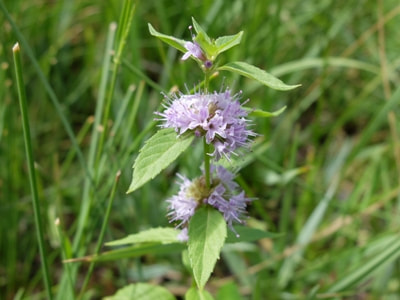
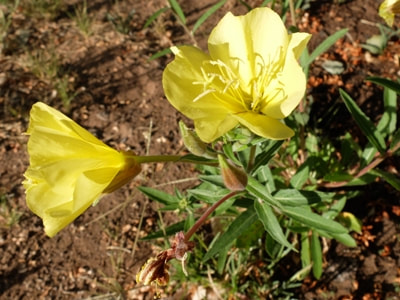
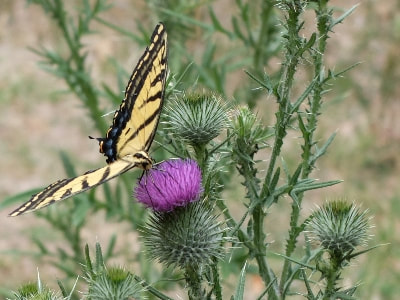
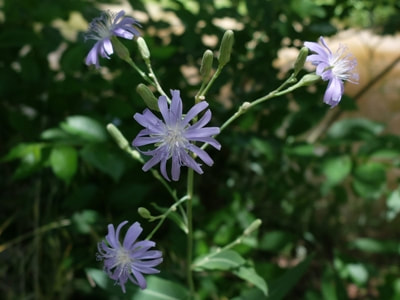
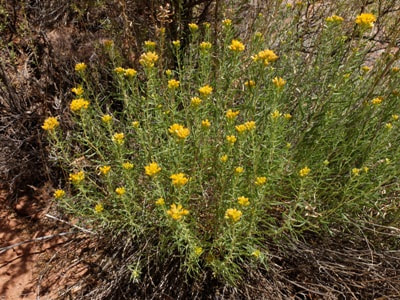

 RSS Feed
RSS Feed